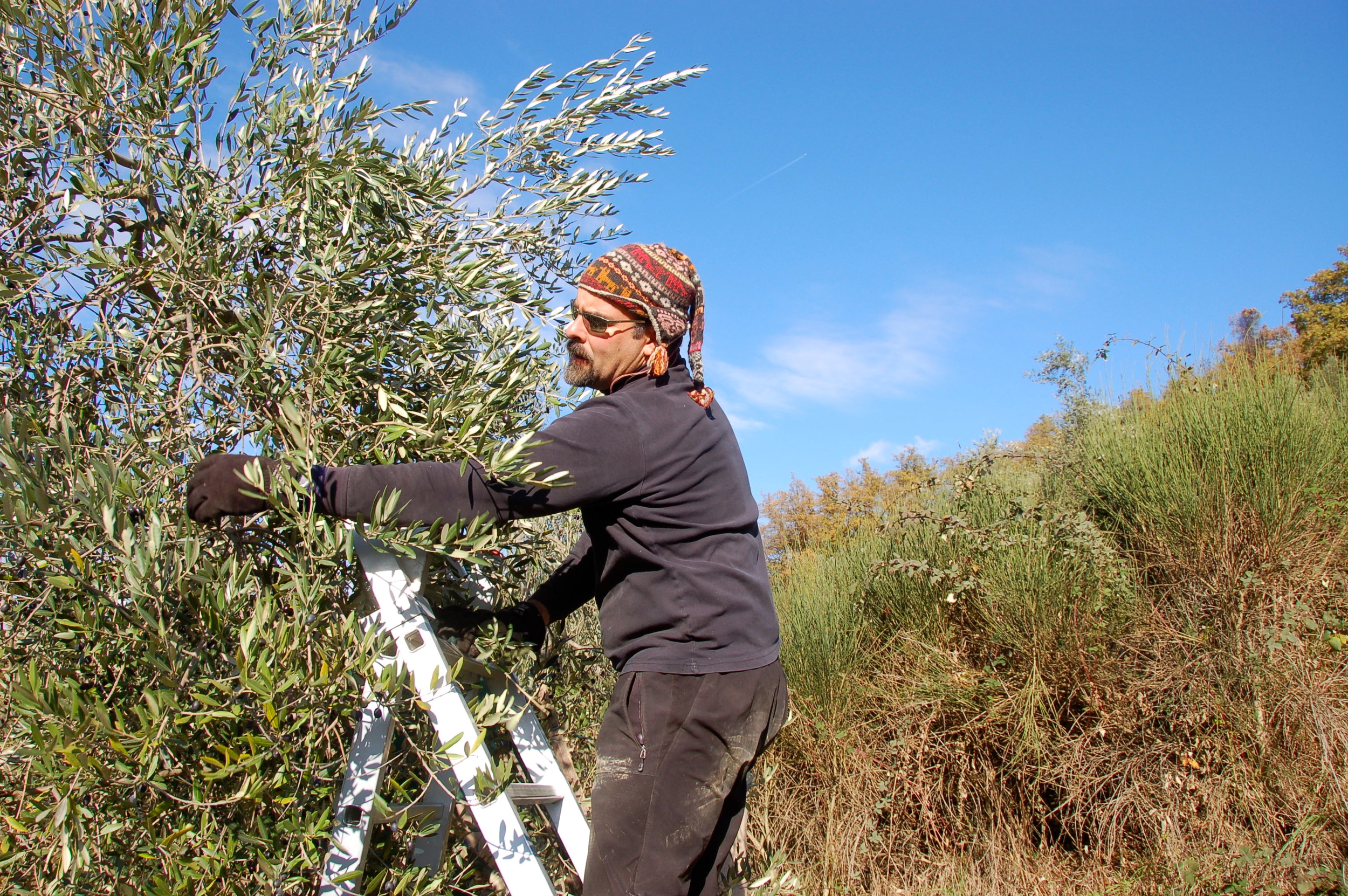Blog #11: Ecosystem governance: What’s wrong with the current practice?
/This blog has laid out some of the stepping stones that I believe can help us collectively get from where we are to where we need to be in the practice of the ecosystem approach (aka ecosystem governance and ecosystem-based management). Our collective progress towards more equitable and sustainable governance of the primary human habitat - coastal lands and coastal waters - is more halting, fragmented, inefficient and ineffective than it should be. This entry gets at why I believe this to be case. This is a big topic and one that I have been pondering for many years. I am going to limit this discussion to three points: (1) the scant recognition of the knowledge, skills and attitudes that the practice of ecosystem governance requires, (2) the lack of awareness of challenges of achieving an understanding of the “ecology of governance in a given place” and (3) the consequences of disconnected short term projects as the principle mechanism by which investments in coastal and marine governance are made in the countries where they are most needed.
1. The Necessary Knowledge, Skills and Attitudes.
When ecosystem based management (EBM) is defined as a science-based enterprise, it follows that it is, or should be, conducted principally by scientists. Yet anyone who has engaged in the practice knows that science alone will not take you very far when attempting to instigate the changes in human behavior required to correct expressions of ecosystem degradation and change. Designing short courses on the practice led me to conclude in the 1990s that a practitioner needs a foundation in four “bundles” of knowledge, skills and attitudes that address:
How ecosystems function and change,
How the processes of governance can influence the trajectories of societal and environmental change,
How to tailor strategies to the history and culture of a place, and
How to assemble and manage interdisciplinary teams.
These attributes are highlighted in a paper on increasing capacity for the stewardship of oceans and coasts published by the National Research Council in 2008. The interactions and interdependencies among the four are complex and ever-changing and best conveyed through case studies that reinforce how differently they play out from place to place. Yet this combination of attributes is rarely taught. A natural scientist specializes in a selected aspect of the first bundle and may - or may not - pick up the other three on the job. There is, however, a large, rich but scattered body of knowledge for each of the four bundles in this list.
When EBM is defined as a science-based enterprise, the tacit assumption is that the science required is primarily natural science. And indeed as we transition from stage 2 to stage 3 of the Anthropocene we urgently need to understand the first of the four bundles in the list above. Understanding how our planet functions and is changing as an ecosystem is central to the challenges of the 21st Century. We know a great deal and are learning more at a rapid pace. But the absence of scientific knowledge is not what is making ecosystem governance a halting and inefficient process.
2. Analysis of the Ecology of Governance.
The second and third bundles of knowledge, skills and attitudes pertain to governance. For those currently involved in ecosystem governance these are far less developed than our knowledge of the ecology of natural systems . For most practitioners, sorting through issues of history, culture and the more immediate issues raised by the distribution of power and the associated politics is a difficult challenge to be avoided or minimised. Investments in generating the knowledge that can guide and inform bundles two and three, and integrate them into a coherent whole are rare. Such analysis needs to be sufficiently broad based to be the basis of a viable prescription that promises to generate the necessary changes in human behavior. Projects and programs that embrace the ecosystem approach need to balance their investment in describing and understanding the ecology of natural system with similar investments in understanding the ecology of the governance system.
For example, the Global Environmental Facility (GEF) is investing billions of dollars in programs that apply the ecosystem approach to the management of Large Marine Ecosystems (LMEs). These initiatives invest heavily in research and monitoring on the environmental processes that are shaping these systems and detailing how human activities are contributing to their condition and their trajectory of change. Far less attention is given to what can be described as the ecology of the governance system. This requires understanding the processes of governance as they relate to forces shaping an LME, the underlying values and beliefs of those involved, how power and influence is distributed and what aspects of the system are most and least amenable to modification. Such analysis is as technically challenging as an insightful characterization of the ecological processes at work.
While it is essential to finding the path to a more equitable, effective and efficient governance system, how it might be structured, and defining the first steps to be taken to achieve those ends, very few people have the tools for making such an analysis. It goes far beyond an examination of some of the economic and anthropological peculiarities of a place and is the basis for formulating a prescription that can take root and grow within the context of the existing system. Very rarely does ecosystem governance initiative start with a clean slate. The practice of the ecosystem approach almost always requires grafting new structures, new practices, and new ideas onto what is already there. The same holds for the environmental side of the ecosystem. There are major limitations on what is possible and the move toward more desirable (and ideally more sustainable) conditions will evolve over time through a protracted process of accommodation and learning. The existing governance system, like the natural system, is rarely replaced; it is adjusted and reshaped to meet new needs.
The autobiography of Muhammad Yunus, micro-finance pioneer and founder of the Grameen Bank, describes in great detail the protracted struggle it was to first understand with sensitivity and depth why the women in rural Bangladesh lived in abject poverty and then the equally long and painful process of developing a prescription that could be made operational in the context of Bangladeshi banking practices, while navigating the deeply rooted cultural hierarchy in rural villages where men control everything that has to do with earning and spending money. Similarly, Hernando De Soto in his book The Other Path, documented the shadow economy in Peru by engaging with and understanding the complexity of the workings of the illegal but functional public transportation system in Lima. He too, gradually came to a set of conclusions on what could be done to strengthen that system without damaging the benefits it generated for the network of investors, the thousands who made their livings driving and servicing the buses and the millions who relied on this effective but illegal public transportation system. His purpose was to make an illegal but functional system better for the population it served, those who lived from it and ultimately the economy of Lima and Peru. His prescription required adjustments not only to the transportation system, but to the attitudes and practices of government and such international organizations as the Inter-American Development Bank. Ecosystem governance requires analysis and propositions of similar depth and sensitivity.
3. Short Term Projects.
My third target for failure and inefficiency in the practice of ecosystem governance is the reliance on short-term, loosely connected, “projects” as the dominant modality for investments. The life span of the typical “project” is four to seven years. This fragmented and short-term approach is most prevalent where the ecosystem approach is most urgently needed - in developing nations where ecosystem change is most rapid and responses are particularly weak. These are also the places where the consequences of the third phase of the Anthropocene will be most severe. In these settings the priority should be to invest in assembling the 1st Order enabling conditions for instigating the 2nd Order changes in behavior of those who are contributing most directly to losses in ecosystem goods and serves. The goals of these projects, however, are typically defined in heroic 3rd Order Terms (see blog 8). Such projects are designed when the least is known and with a careful eye on what potential funders may consider a “fundable” project. Very often those who design these projects are not the ones who administer them. Often what was in fashion at the start of a project is no longer on the priority list four or five years later when the project may have begun to make traction. The result is that those who make their living by working on such projects migrate from one team to another as projects emerge and die. One of many results is that the on-the-job acquisition of knowledge and skills is based largely on the planning phases of the management cycle and not the implementation of a negotiated and formalized course of action. The result is cycles of issue analysis and planning and interactions with “stakeholders.” It is not surprising that the desired 3rd Order outcomes seldom materialise.


